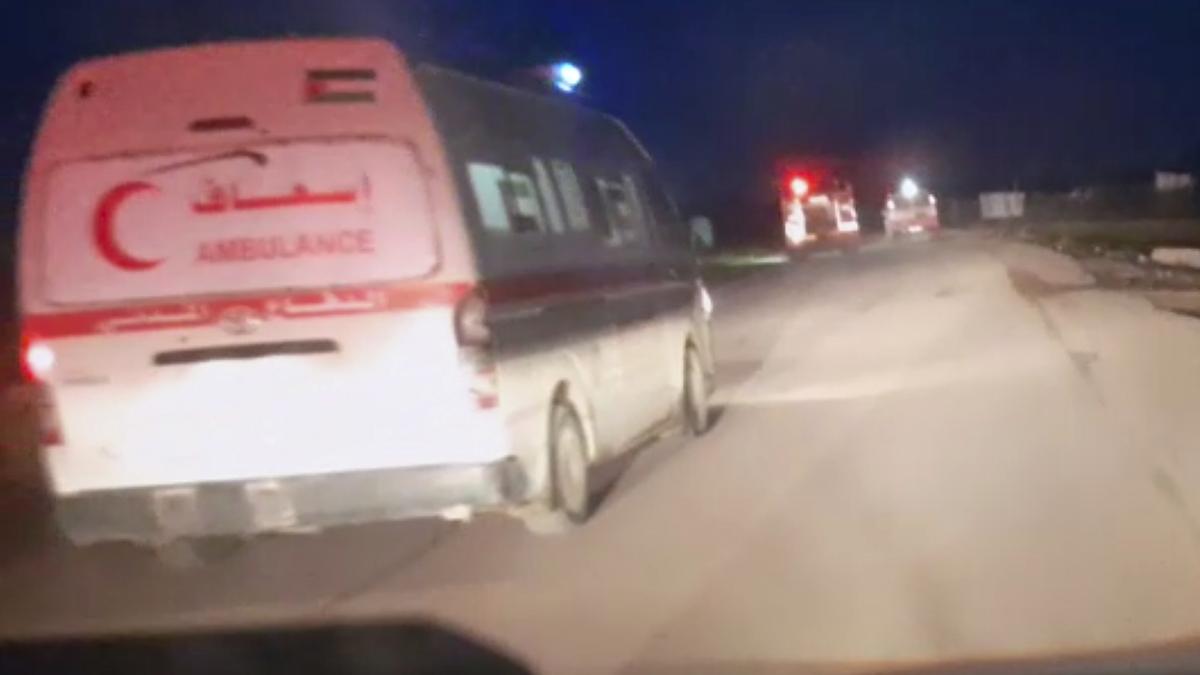
Israel military admits ‘mistake’, following release of video of IDF opening fire and killing 15 medics in Gaza
The Hindu
Israeli military changes story after video shows medics' vehicles had emergency signals on during Gaza shooting.
The Israeli military backtracked on its account of the killing of 15 Palestinian medics by its forces last month after phone video appeared to contradict its claims that their vehicles did not have emergency signals on when troops opened fire on them in the Gaza Strip.
The military initially said it opened fire because the vehicles were “advancing suspiciously” on nearby troops without headlights or emergency signals. An Israeli military official, speaking late Saturday on condition of anonymity in line with regulations, said that account was “mistaken.”
The footage shows the Red Crescent and Civil Defense teams driving slowly with their emergency vehicles’ lights flashing, logos visible, as they pulled up to help an ambulance that had come under fire earlier. The teams do not appear to be acting unusually or in a threatening manner as three medics emerge and head toward the stricken ambulance.
Their vehicles immediately come under a barrage of gunfire, which goes on for more than five minutes with brief pauses. The owner of the phone can be heard praying.
“Forgive me, mother. This is the path I chose, mother, to help people,” he cries, his voice weak.
Eight Red Crescent personnel, six Civil Defense workers and a U.N. staffer were killed in the shooting before dawn on March 23 by Israeli troops conducting operations in Tel al-Sultan, a district of the southern Gaza city of Rafah. Troops then bulldozed over the bodies along with their mangled vehicles, burying them in a mass grave. U.N. and rescue workers were only able to reach the site a week later to dig out the bodies.
The Palestinian Red Crescent Society's vice president, Marwan Jilani, said the phone with the footage was found in the pocket of one of its slain staffers. The Palestinian ambassador to the United Nations distributed the video to the U.N. Security Council. The Associated Press obtained the video from a U.N. diplomat on condition of anonymity because it has not been made public.

 Run 3 Space | Play Space Running Game
Run 3 Space | Play Space Running Game Traffic Jam 3D | Online Racing Game
Traffic Jam 3D | Online Racing Game Duck Hunt | Play Old Classic Game
Duck Hunt | Play Old Classic Game











